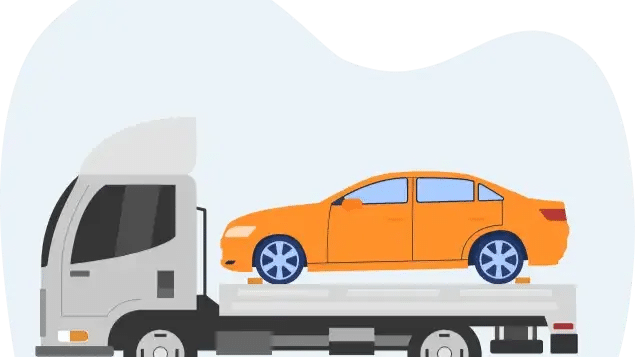Do you ever wonder how logistics companies make strategies to ensure smooth international shipping and manage them? The answer lies in the CMR Transport Document. When road transport began, rules were vague and varied from country to country. The IRU-created CMR standardized these rules, and effectively solved the issue across Europe and beyond. This acts as a GPS for your goods and ensures your goods were delivered in good condition.
CMR: What Does It Mean?
“CMR” is the abbreviation known for “Convention on the Contract for the International Goods Carriage by Road.” For legal purposes, it is proof that shows that the goods were brought in good shape.
This document makes the rules for foreign road transport more consistent. It also spells out what the carrier is responsible for and is valid in countries that agree to the CMR agreement. With a CMR, everyone knows exactly what they need to do to pay for any damages, losses, or delays that happen during foreign transportation.
What Does a CMR Document Look Like?

The CMR Note is also known as the ICN (International Consignment Note), and it has details about:
- The date and place where the CMR note was filled out.
- Names and addresses of the Sender (the person who sent the goods), Carrier (the haulage company in charge of driving the goods), and Receiver (the person who brought the goods in).
- Type of the goods (whether they are dangerous or not).
- How the goods are packed?
- Carriage Fees that could be charged.
- Details on delivery fees or customs taxes.
- How much the package weighs?
- Information on how to pick up and deliver the package.
Purpose of CMR Transport Document
There are two primary purposes of the CMR. First, it serves as a transport document and a contract of carriage that gives liability. Second, it shows the compensation or the amount that the buyer or consignor has to pay. There are many good reasons to use a CMR to determine who is responsible. As the goods are being shipped, this can protect both the sender and the provider. If the goods get damaged during travel, the consignee or consignor can file a claim against the shipping company.
Applications and Advantages of CMR
Regarding transporting goods by road across foreign borders, CMR is very useful. The main uses and benefits of it can be explored as follows:
International Use: CMR is used whenever goods are moved by road across international borders, especially when both countries have signed on to the CMR convention.
Legal Clarity: The CMR transport document makes it clear what the law says about moving things. It deals with everyone’s rights, tasks, and responsibilities.
Efficiency and Openness: CMR logistics makes sure that everyone has access to the same information.
Digital Adaptability: Ever since e-CMR came out, the CMR’s benefits have grown in the digital world. Digital CMR documents are more efficient and allow tracking in real time.
Reliability: The CMR transport record is a sign of dependability in the end. It gives everyone peace of mind that the transport of goods is being done securely and in line with international standards.
E-CMR: The Future of Efficient Transport
As technology improves, e-CMR takes the place of boring paperwork. It offers cloud storage, faster document creation, electronic sending, custom CMR numbers, company logos, team collaboration, multiple language support, data import, and stamp/signature uploads. Are you ready to make your shipping paperwork easier? Use e-CMR right away and enjoy untroubled shipping!



